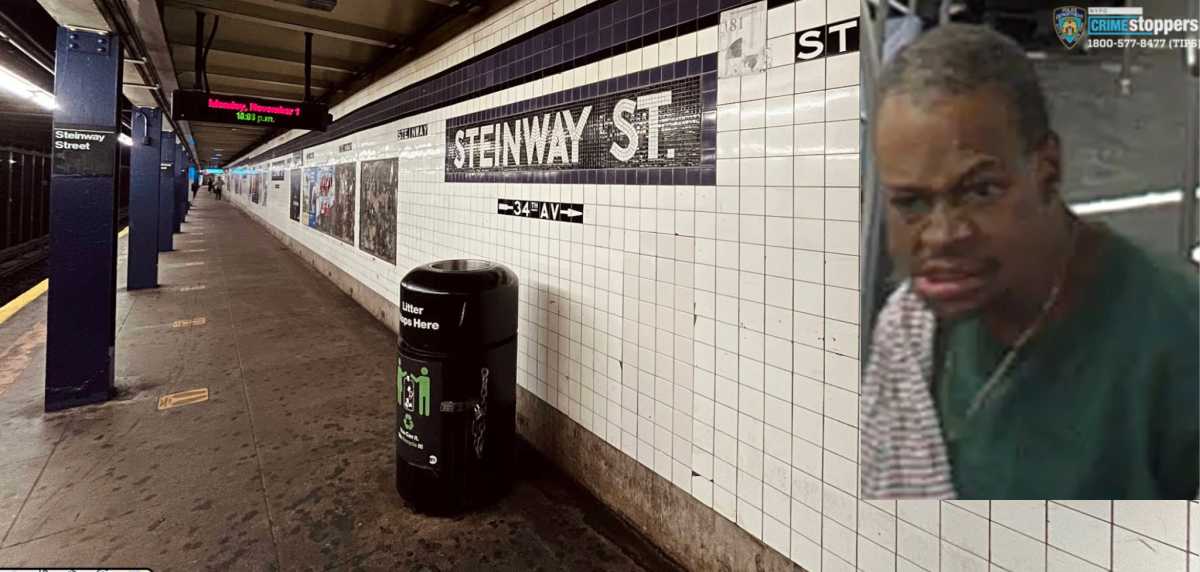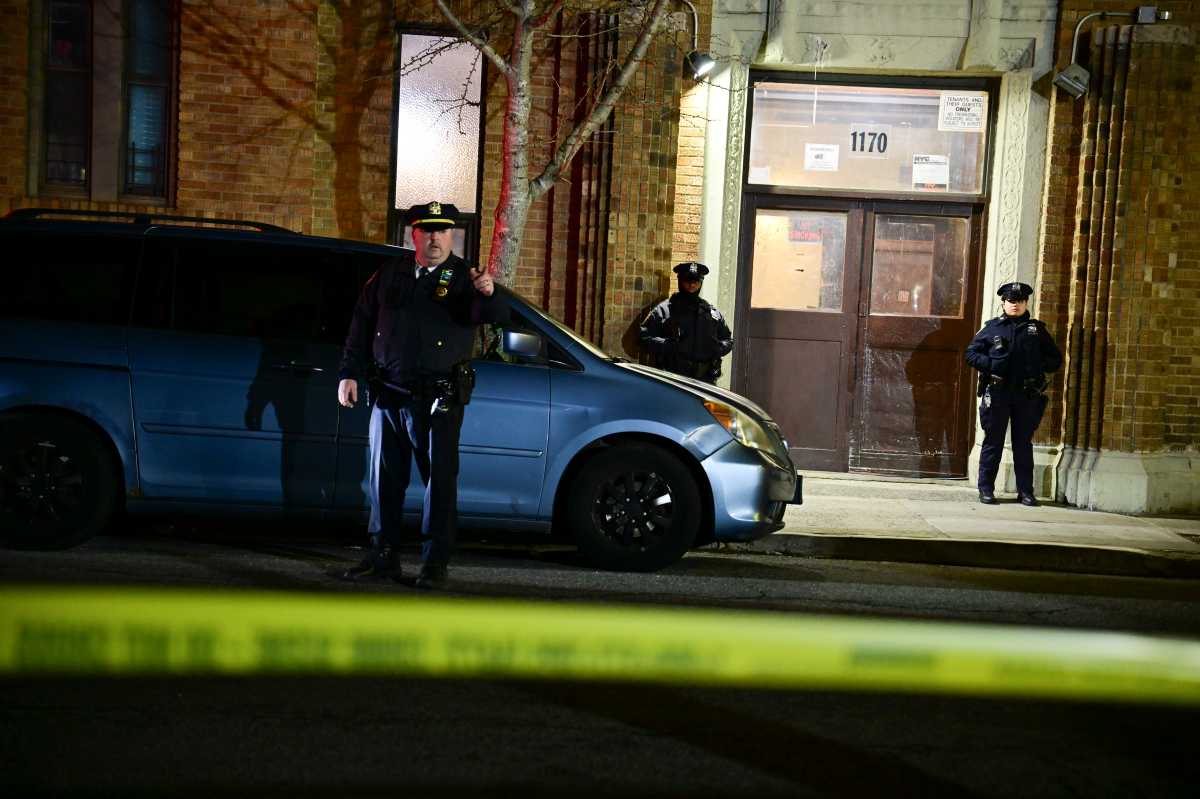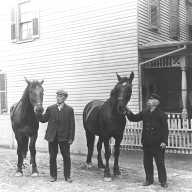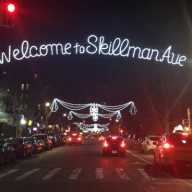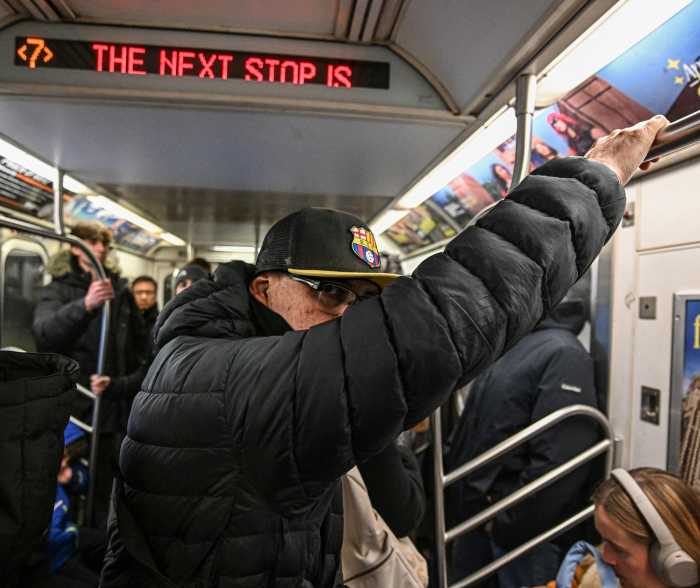An impatient looking woman sat waiting for the N train at the Times Square/42nd Street subway station, the loud music leaking from her headphones. At the sight of oncoming lights, she peered down the tunnel and slammed her fist against the wooden bench in frustration - it was the R train. Asked if the N is often late, she took off her headphones long enough to roll her eyes and nod in response.
According to the Metropolitan Transportation Authority (MTA) schedule, the N train should arrive every 10 minutes, but in this case, the next train did not come until exactly 17 minutes later. Transportation delays aren’t unusual in New York City, but that doesn’t make them any less frustrating.
However, there is a new plan in the works that will notify transit riders of these kinds of schedule changes, and perhaps quell some of the complaints.
“We are unveiling text and email updates in the fall among other things,” MTA Press Secretary Jeremy Soffin said. The MTA also recently added digital signs on the L line to let riders know when the next train is due to arrive, and eventually expects to place these signs on all of the trains.
Paul Fleuranges, Vice President of Corporate Communications for MTA NYC Transit, confirmed plans for the upcoming text and email alert program, and said it will start soon.
“We already have a program called ‘Know Before You Go’ that alerts riders regarding planned service disruptions, but this new program will alert them of unplanned service disruptions,” Fleuranges said.
Know Before You Go alerts bus and subway riders in advance about weekday and weekend aversions, and according to Fleuranges, 75,000 people are currently signed up to receive these advisories.
Soffin said he could not yet confirm the exact day the alert system will go into effect. “Right now we’re in the final testing stages, but there’s no exact date set yet. All I can say is that it will start in the fall, so certainly by November.”
The new alerts may help riders like Christopher Burk, a 29-year-old artist from Queens, who often takes the train to Manhattan whenever he needs to run errands. He said that just recently, he waited 25 minutes for the W train. “That’s a really long time to be waiting for a train,” he said.
However, MTA train operator Michael Williams is quick to defend the system against rider complaints. “They get upset if we don’t arrive in a ‘customer-deemed timely fashion,’ but it happens - we have delays. I think they tend to overreact sometimes.”
According to Soffin, there are often unexpected shutdowns at certain stations, or impromptu switches between local and express schedules in response to a variety of factors.
“There are always things that are out of our control that lead to delays, like constant construction that’s necessary to keep the system in a state of maintenance,” Soffin said.
For those wondering how the new text and email alert plan will work, considering there is no cell or internet service on trains, Fleuranges notes the program is for transit riders still at work, at home, or walking to the bus or subway. “It’s no use to people already inside the train,” he said.
Once the new text and email system is made available, anyone can subscribe to receive alerts by visiting the MTA website at www.mta.info







